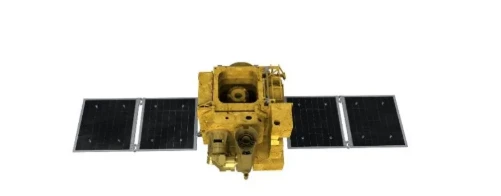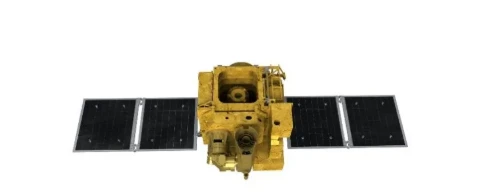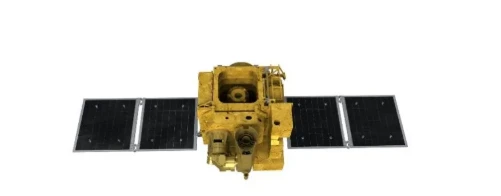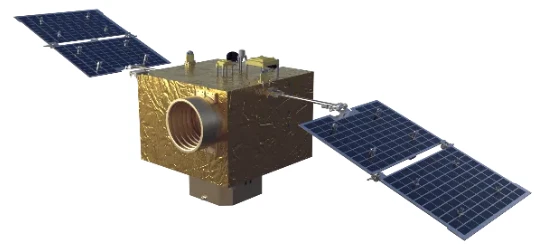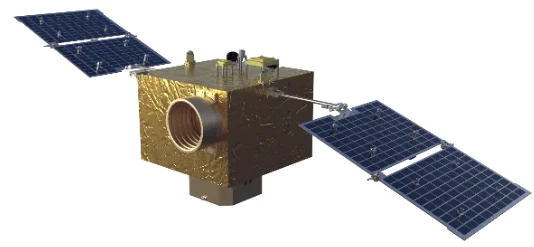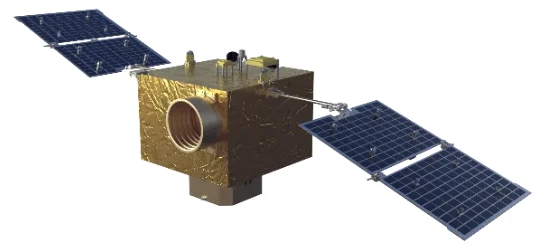
- Afracach
- Albanach
- Amáireach
- Araibis
- Airméinis
- Asarbaiseáinis
- Bascais
- Bealarúisis
- Beangáilis
- Boisnis
- Bulgáiris
- Catalóinis
- Cebuano
- tSín
- Corsaicis
- Cróitis
- Seiceach
- Danmhairgis
- Ollainnis
- Béarla
- Esperanto
- Eastóinis
- Fionlainnis
- Fraincis
- Freaslainnis
- Gailísis
- Seoirseach
- Gearmáinis
- Gréigis
- Gúisearáitis
- Criól Haiti
- Háise
- Haváíais
- Eabhrais
- Níl
- Miao
- Ungáiris
- Íoslainnis
- igbo
- Indinéisis
- gaeilge
- Iodálach
- Seapánach
- Iávais
- Cannadais
- casaicis
- Ciméiris
- Ruanda
- Cóiréis
- Coirdis
- Chirgeastáin
- Saothair
- Laidin
- Laitvis
- Liotuáinis
- Lucsamburgach
- Macadóinis
- Malagásais
- Malaeis
- Mailéalaimis
- Máltais
- Maorais
- Marathi
- Mongóilis
- Maenmar
- Neipealais
- Ioruais
- Ioruais
- Occitan
- Paistis
- Peirsis
- Polainnis
- Portaingéilis
- Puinseáibis
- Rómáinis
- Rúisis
- Samóis
- Gaeilge na hAlban
- Seirbis
- Béarla
- Shona
- Sindhi
- Siolóinis
- Slóvaicis
- Slóivéinis
- Somáilis
- Spáinnis
- Sundais
- Svahaílis
- Sualainnis
- Tagálaigis
- Táidsíc
- Tamailis
- Tatairis
- Teileagúis
- Téalainnis
- Tuircis
- Tuircméinis
- Úcráinis
- Urdais
- Uighur
- Úisbéicis
- Vítneaimis
- Breatnais
- Cabhrú
- Giúdais
- Iarúibis
- Súlúis
nuacht
Integrated Measurement: Revolutionizing Transmission Measurement Accuracy
As the demand for high-performance communication systems grows, integrated measurement solutions have become essential to ensure the reliability and precision of signal transmission. By unifying various measurement processes into one cohesive platform, these systems optimize data accuracy and reduce operational complexity. In particular, transmission measurement within optical networks benefits immensely from such integration, providing comprehensive insights into signal strength, quality, and loss. The rise of optical transmission measurement technologies has empowered engineers and technicians to maintain and improve network infrastructures with unprecedented efficiency and precision.

The Role of Integrated Measurement in Transmission Measurement
The concept of integrated measurement means combining multiple sensing, processing, and analysis functions to streamline the overall measurement workflow. This approach is especially effective in transmission measurement, where signals need to be evaluated continuously and accurately to detect any degradation or failure in transmission lines. Integrated systems enable synchronous data collection from various points, improving diagnostic capabilities and allowing real-time adjustments. This unified framework reduces the need for multiple standalone devices, thereby lowering costs and simplifying maintenance for large-scale optical transmission networks.
Innovations in Optical Transmission Measurement Techniques
Technological innovations have greatly advanced the capabilities of optical transmission measurement. Modern integrated measurement devices utilize cutting-edge photodetectors, interferometers, and spectral analyzers to capture detailed parameters of transmitted light. These parameters include attenuation, dispersion, and polarization, all of which impact the quality of optical signals. By leveraging integration, these systems offer enhanced sensitivity and faster measurement cycles. Automated calibration and self-check features ensure that results remain accurate over time, minimizing human error. This progress has made optical transmission measurement more accessible and practical for field technicians and research scientists alike.
Applications and Advantages of Integrated Transmission Measurement
Integrated transmission measurement systems serve diverse applications across telecommunications, data centers, and optical component manufacturing. Network operators use these systems to monitor fiber optic cables and ensure uninterrupted service, quickly pinpointing faults and degradation before they escalate. Manufacturers depend on integrated measurement to verify the quality and consistency of optical components, supporting stringent industry standards. Additionally, these systems are invaluable in research settings, facilitating experiments that require precise control and measurement of light transmission properties. The integration reduces downtime, improves measurement repeatability, and enhances overall system reliability.
By emphasizing integrated measurement, transmission measurement, and optical transmission measurement throughout this article, we underscore how these key technologies contribute to advancing optical communications and instrumentation. The seamless integration of measurement functions offers significant benefits without involving any military context, focusing purely on innovation and industrial progress.






